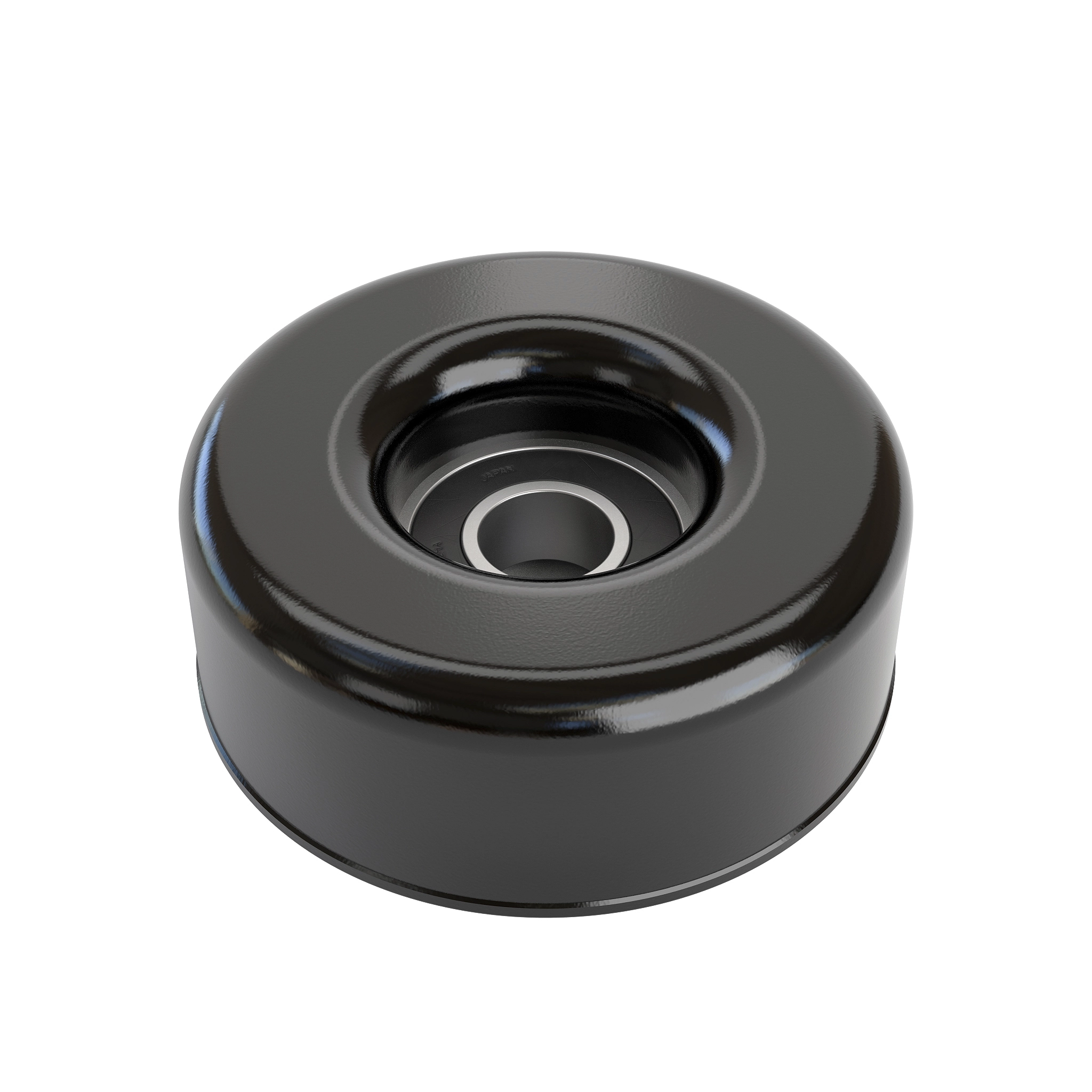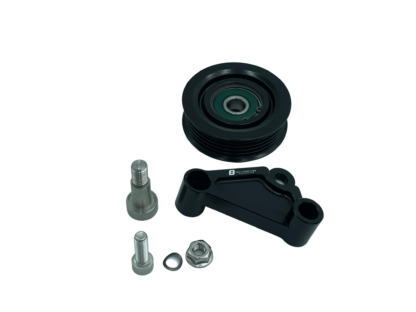Product Description
2278313 Belt Idler Pulley Fits For Caterpillar
OEM:2278313
Ref No.:89112
Product Parameters
|
OEM NO. |
2278313 |
| Tractor Type | CATERPILLAR |
|
Place of CHINAMFG |
ZHangZhoug, China |
|
Material |
Aluminium |
| Product Name |
Tensioner Pulley |
|
Reference NO. |
|
|
Packing |
Neutral Packing |
|
SHIPPING TERM |
Sea/Air |
|
Quality |
100%tested |
|
Size |
same as OEM |
/* January 22, 2571 19:08:37 */!function(){function s(e,r){var a,o={};try{e&&e.split(“,”).forEach(function(e,t){e&&(a=e.match(/(.*?):(.*)$/))&&1
| Certification: | ISO9001, TS16949 |
|---|---|
| Standard Component: | Standard Component |
| Technics: | Casting |
| Samples: |
US$ 30/Piece
1 Piece(Min.Order) | Order Sample |
|---|
| Customization: |
Available
| Customized Request |
|---|
.shipping-cost-tm .tm-status-off{background: none;padding:0;color: #1470cc}
| Shipping Cost:
Estimated freight per unit. |
about shipping cost and estimated delivery time. |
|---|
| Payment Method: |
|
|---|---|
|
Initial Payment Full Payment |
| Currency: | US$ |
|---|
| Return&refunds: | You can apply for a refund up to 30 days after receipt of the products. |
|---|
How do idler pulleys enhance the efficiency and longevity of machinery and equipment?
Idler pulleys play a crucial role in enhancing the efficiency and longevity of machinery and equipment in several ways:
1. Belt Tension and Alignment:
Idler pulleys help maintain proper tension and alignment of belts in belt-driven systems. By applying the right amount of tension, idler pulleys prevent belt slippage and ensure efficient power transmission. Proper alignment reduces wear on belts and other components, minimizing energy losses and extending the lifespan of the equipment.
2. Reduced Bearing Load:
Idler pulleys distribute the load on the belt, reducing the load on the bearings of other rotating components. This helps prevent premature bearing failure and extends the life of bearings, reducing maintenance requirements and downtime.
3. Vibration Damping:
Idler pulleys can absorb and dampen vibrations that occur during operation. By reducing vibrations, idler pulleys minimize stress on the belt and other components, improving overall system performance and reducing the risk of component failure.
4. Belt Span Length:
Idler pulleys enable longer belt spans, which can reduce the number of required pulleys and overall system complexity. Longer belt spans provide smoother power transmission, minimize the number of potential failure points, and improve overall system efficiency.
5. Load Distribution:
Idler pulleys help distribute the load evenly across the belt, ensuring that no single section of the belt is subjected to excessive stress. This balanced load distribution reduces the risk of belt stretching, premature wear, and failures, contributing to improved equipment longevity.
6. Belt Wrap Angle:
By adjusting the position and angle of idler pulleys, the wrap angle of the belt can be optimized. A larger wrap angle increases the grip between the belt and pulleys, improving power transmission efficiency and reducing the risk of slipping.
7. Tension Control:
Idler pulleys allow for convenient tension control in belt-driven systems. By adjusting the position or tension of the idler pulley, the tension on the belt can be fine-tuned to match the specific requirements of the machinery, optimizing performance and reducing wear.
Overall, idler pulleys contribute to the efficiency and longevity of machinery and equipment by ensuring proper belt tension, reducing bearing load, damping vibrations, enabling longer belt spans, distributing loads evenly, optimizing belt wrap angles, and providing tension control. By incorporating idler pulleys into belt-driven systems, manufacturers can improve system reliability, reduce maintenance costs, and extend the lifespan of their equipment.
What role do idler pulleys play in maintaining proper belt alignment?
Idler pulleys play a crucial role in maintaining proper belt alignment in mechanical systems. Here’s a detailed explanation of the role idler pulleys play in maintaining proper belt alignment:
Proper belt alignment refers to the correct positioning of the belt along the pulleys in a system. It ensures that the belt remains centered on the pulleys and follows its intended path without deviating or slipping off. Belt misalignment can lead to a range of issues, including increased friction, wear, noise, and reduced power transmission efficiency. Idler pulleys help address these alignment challenges and contribute to the smooth operation of the system.
1. Belt Tracking:
Idler pulleys guide the belt and help maintain its tracking along the pulleys. They are strategically positioned to ensure that the belt remains in the desired position and follows the correct path. By providing a reference point and support, idler pulleys prevent the belt from wandering or shifting laterally, which could otherwise cause misalignment.
2. Tension Adjustment:
Idler pulleys can be used to adjust and maintain the tension in the belt, which is crucial for proper alignment. By adding or removing idler pulleys or adjusting their position, the tension in the belt can be controlled. Proper tension ensures that the belt remains engaged with the pulleys and does not slack or become too tight, both of which can lead to misalignment.
3. Belt Support:
Idler pulleys provide support to the belt, helping to prevent sagging or excessive vibration. They act as additional contact points along the belt’s path and distribute the load, ensuring that the belt remains in its intended position. This support helps maintain the alignment of the belt, especially in applications where the belt spans long distances or encounters varying loads.
4. Load Distribution:
Idler pulleys contribute to load distribution across the belt. By introducing additional pulleys strategically, the load on the belt can be divided, reducing stress on individual components. This helps to minimize the risk of belt misalignment due to uneven loading or excessive strain. By distributing the load, idler pulleys promote uniform wear and ensure the longevity of the belt.
5. Vibration and Noise Reduction:
Idler pulleys play a role in reducing vibration and noise in mechanical systems. Misaligned belts can cause excessive vibration and noise due to uneven forces and increased friction. By maintaining proper alignment, idler pulleys help minimize these issues, resulting in quieter operation and increased system stability.
Overall, idler pulleys are essential components in maintaining proper belt alignment. Their role in guiding the belt, adjusting tension, providing support, distributing load, and reducing vibration ensures that the belt remains properly aligned, leading to improved efficiency, reduced wear, and extended belt life in mechanical systems.
Can you explain the primary functions and components of an idler pulley?
An idler pulley serves important functions in mechanical systems and consists of several key components. Let’s explore the primary functions and components of an idler pulley:
1. Primary Functions:
– Belt Guidance: The main function of an idler pulley is to guide the belt along a desired path, changing its direction as necessary. This ensures efficient power transmission and proper operation of the system.
– Tension Maintenance: Idler pulleys help maintain tension in the belt by taking up slack and preventing belt sagging or slippage. Proper tension is essential for optimal power transfer and system performance.
2. Components:
– Pulley Wheel: The pulley wheel is the circular component with a groove or V-shape that accepts the belt. It rotates on a fixed axle or bearing and provides a contact point for the belt to ride on.
– Axle or Bearing: The axle or bearing is the component that allows the pulley wheel to rotate smoothly. It provides support and reduces friction, ensuring efficient movement of the belt.
– Mounting Bracket: The mounting bracket is used to secure the idler pulley in its designated position within the system. It may be attached to a stationary structure or integrated into a movable mechanism.
– Tensioning Mechanism (Optional): In some cases, idler pulleys may incorporate a tensioning mechanism. This can include a spring-loaded arm or an adjustable bracket that allows for easy adjustment of belt tension.
– Housing or Guard (Optional): Depending on the application, an idler pulley may be enclosed within a housing or guarded to protect it from external elements and to prevent accidental contact with moving parts.
It’s important to select an idler pulley that is compatible with the specific belt type, system requirements, and load conditions. Proper installation and periodic maintenance, such as lubrication of bearings and inspection for wear, are essential to ensure smooth operation and extend the lifespan of the idler pulley.
editor by CX
2024-04-16




